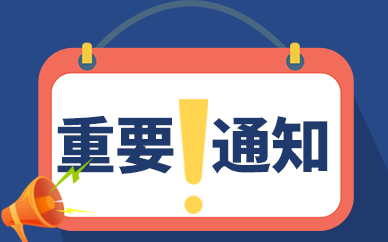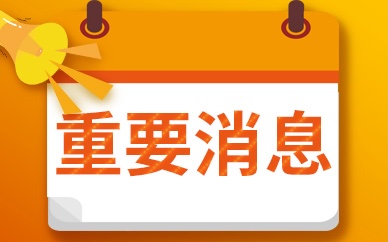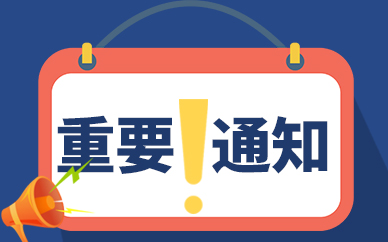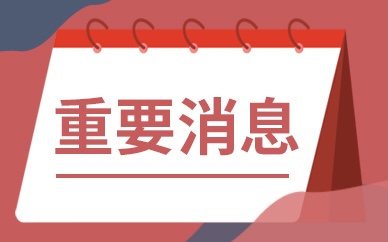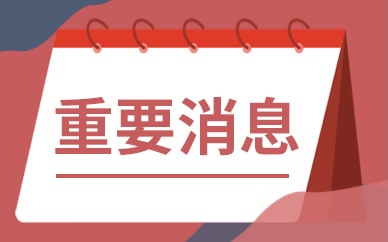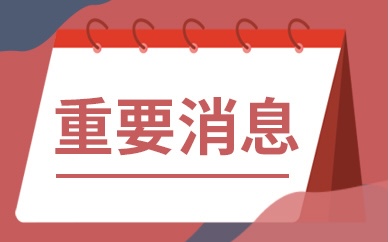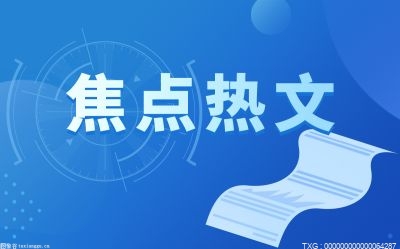推荐学习:python教程
引言——在Python中,通过数据结构来保存项目中重要的数据信息。Python语言内置了多种数据结构,例如列表,元组,字典和集合等。本堂课我们来讲一讲Python中举足轻重的一大数据结构——元组。
在Python中,我们可以将元组看作一种特殊的列表。它与列表唯一的不同在于:元组内的数据元素不能发生改变【这个不变——不但不能改变其中的数据项,而且也不能添加和删除数据项!】。当我们需要创建一组不可改变的数据时,通常是将这些数据放进元组中~
1.元组的 创建 && 访问
(1)元组的创建:
tuple1 = ("xiaoming", "xiaohong", 18, 21)tuple2 = (1, 2, 3, 4, 5)# 而且——是可以创建空元组哦!tuple3 = ()# 小注意——如果你创建的元组只包含一个元素时,也不要忘记在元素后面加上逗号。让其识别为一个元组:tuple4 = (22, )(2)访问:
tuple1 = ("xiaoming", "xiaohong", 18, 21)tuple2 = (1, 2, 3, 4, 5)# 显示元组中索引为1的元素的值print("tuple1[1]:", tuple1[0])# 显示元组中索引从1到3的元素的值print("tuple2[1:3]:", tuple2[1:3])2.元组的 修改 && 删除
(1)元组的修改:
tuple1 = ("xiaoming", "xiaohong", 18, 21)tuple2 = (1, 2, 3, 4, 5)tuple_new = tuple1 + tuple2print(tuple_new)(1)元组的删除:
tuple1 = ("xiaoming", "xiaohong", 18, 21)print(tuple1)# 正常打印tuple1del tuple1print(tuple1)# 因为上面删除了tuple1,所以再打印会报错哦!3.元组的内置方法
len(tuple):计算元组元素个数;max(tuple):返回元组中元素的最大值;min(tuple):返回元组中元素的最小值;tuple(seq):将列表转换为元组。其实更多时候,我们是将元组先转换为列表,操作之后再转换为元组(因为列表具有很多方法~)。
4.将序列分解为单独的变量
(1)
tuple1 = (18, 22)x, y = tuple1print(x)print(y)tuple2 = ["xiaoming", 33, 19.8, (2012, 1, 11)]name, age, level, date = tuple2print(name)print(date)
records = [ ("AAA", 1, 2), ("BBB", "hello"), ("CCC", 5, 3)]def do_foo(x, y): print("AAA", x, y)def do_bar(s): print("BBB", s)for tag, *args in records: if tag == "AAA": do_foo(*args) elif tag == "BBB": do_bar(*args)line = "guan:ijing234://wef:678d:guan"uname, *fields, homedir, sh = line.split(":")print(uname)print(*fields)print(homedir)print(sh)(2)
使用内置的deque实现:
from _collections import dequeq = deque(maxlen=3)q.append(1)q.append(2)q.append(3)print(q)q.append(4)print(q)
from _collections import dequedef search(lines, pattern, history=5): previous_lines = deque(maxlen=history) for line in lines: if pattern in line: yield line, previous_lines previous_lines.append(line)# Example use on a fileif __name__ == "__main__": with open("123.txt") as f: for line, prevlines in search(f, "python", 5): for pline in prevlines:# 包含python的行 print(pline) # print (pline, end="") # 打印最后检查过的N行文本 print(line) # print (pline, end="")123.txt:
pythonpythonpythonpythonpythonpythonpythonpythonpython
5.实现优先级队列
import heapqclass PriorityQueue: def __init__(self): self._queue = [] self._index = 0 def push(self, item, priority): heapq.heappush(self._queue, (-priority, self._index, item)) self._index += 1 def pop(self): return heapq.heappop(self._queue)[-1]class Item: def __init__(self, name): self.name = name def __repr__(self): return "Item({!r})".format(self.name)q = PriorityQueue()q.push(Item("AAA"), 1)q.push(Item("BBB"), 4)q.push(Item("CCC"), 5)q.push(Item("DDD"), 1)print(q.pop())print(q.pop())print(q.pop())在上述代码中,利用heapq模块实现了一个简单的优先级队列,第一次执行pop()操作时返回的元素具有最高的优先级。 拥有相同优先级的两个元素(foo和grok)返回的顺序,同插入到队列时的顺序相同。
函数heapq.heappush()和heapq.heappop()分别实现了列表_queue中元素的插入和移除操作,并且保证列表中的第一个元素的优先级最低。
函数heappop()总是返回“最小”的元素,并且因为push和pop操作的复杂度都是O(log2N),其中N代表堆中元素的数量,因此就算N的值很大,这些操作的效率也非常高。
上述代码中的队列以元组 (-priority, index, item)的形式组成,priority取负值是为了让队列能够按元素的优先级从高到底排列。这和正常的堆排列顺序相反,一般情况下,堆是按从小到大的顺序进行排序的。变量index的作用是将具有相同优先级的元素以适当的顺序排列,通过维护一个不断递增的索引,元素将以它们加入队列时的顺序排列。但是当index在对具有相同优先级的元素间进行比较操作,同样扮演一个重要的角色。
在Python中,如果以元组(priority, item)的形式存储元素,只要它们的优先级不同,它们就可以进行比较。但是如果两个元组的优先级相同,在进行比较操作时会失败。这时可以考虑引入一个额外的索引值,以(priority, index, item)的方式建立元组,因为没有哪两个元组会有相同的index值,所以这样就可以完全避免上述问题。一旦比较操作的结果可以确定,Python就不会再去比较剩下的元组元素了。
如下——演示了实现一个简单的优先级队列的过程:
import heapqclass PriorityQueue: def __init__(self): self._queue = [] self._index = 0 def push(self, item, priority): heapq.heappush(self._queue, (-priority, self._index, item)) self._index += 1 def pop(self): return heapq.heappop(self._queue)[-1]class Item: def __init__(self, name): self.name = name def __repr__(self): return "Item({!r})".format(self.name)# ①a = Item("AAA") b = Item("BBB")#a < b 错误a = (1, Item("AAA"))b = (5, Item("BBB"))print(a < b)c = (1, Item("CCC"))#② a < c 错误# ③a = (1, 0, Item("AAA"))b = (5, 1, Item("BBB"))c = (1, 2, Item("CCC"))print(a < b)# ④print(a < c)在上述代码中,因为在1-2中没有添加所以,所以当两个元组的优先级相同时会出错;而在3-4中添加了索引,这样就不会出错了!
推荐学习:python学习教程
以上就是实例详解Python元组的详细内容,更多请关注php中文网其它相关文章!



